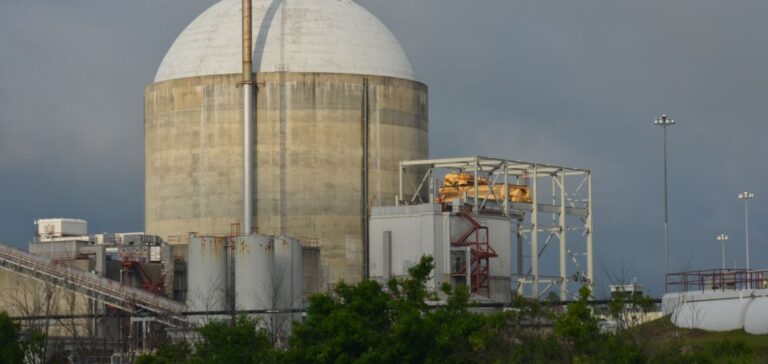Duke Energy Corporation has announced it has filed a licence renewal application with the United States Nuclear Regulatory Commission (NRC) for the Robinson Nuclear Plant, located near Hartsville, South Carolina. The application seeks to extend the plant’s operating authorisation by an additional 20 years, through to 2050. Having entered commercial service in 1971, the facility previously received a first extension in 2004, allowing operations until 2030.
A cornerstone of regional electricity supply
The Robinson Nuclear Plant is a critical infrastructure asset for electricity provision in North Carolina and South Carolina. According to Duke Energy, nuclear generation accounts for more than 50% of electricity consumed by its customers in these two states. With an estimated output capacity of 759 megawatts, Robinson remains one of the most productive units in the company’s nuclear fleet.
Investment and infrastructure modernisation
The company stated it has invested approximately $1.7bn in safety and efficiency upgrades to prepare the facility for extended operation. Laura Basta, Site Vice President at Robinson, noted that while historically the first commercial plant to operate in the southeastern US, the site is now equipped with updated systems meeting current nuclear industry standards.
Economic and fiscal contributions to the region
The plant also plays a regional economic role by providing skilled employment and contributing to local tax revenues. Extending its operation would enable these benefits to continue long-term. The facility additionally benefits from federal nuclear production tax credits, which are designed to incentivise efficient operation of existing infrastructure.
A fleet-wide renewal strategy
Duke Energy’s initiative forms part of a broader plan to extend the operational lifespan of all eleven of its active nuclear reactors. The company recently secured a licence extension for its Oconee plant, also located in South Carolina. Each renewal requires comprehensive regulatory review to ensure the safe continued operation of the nuclear sites.






















